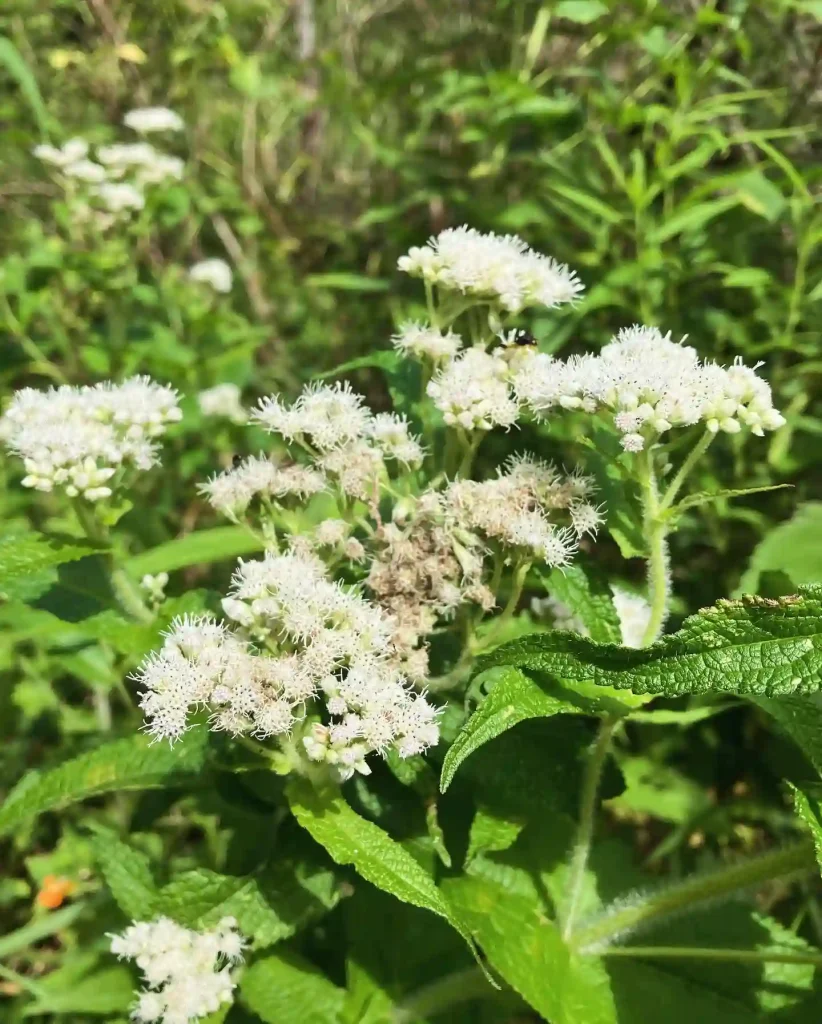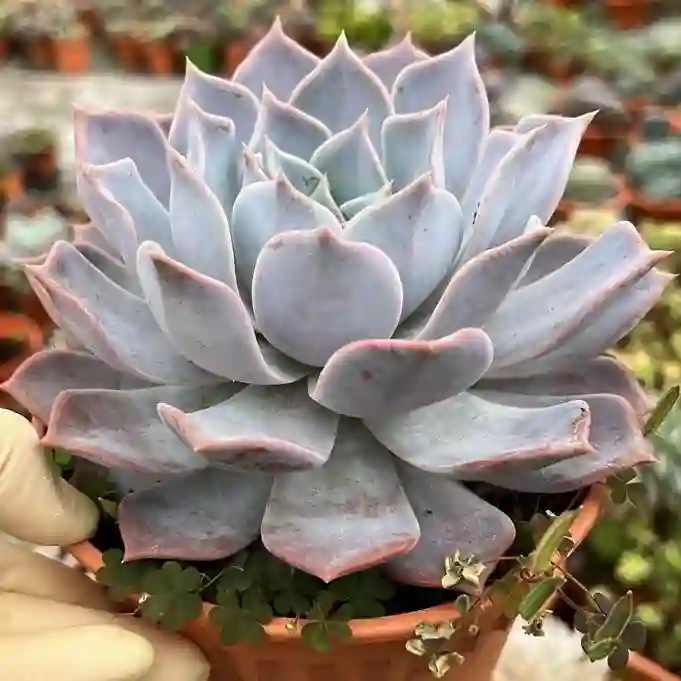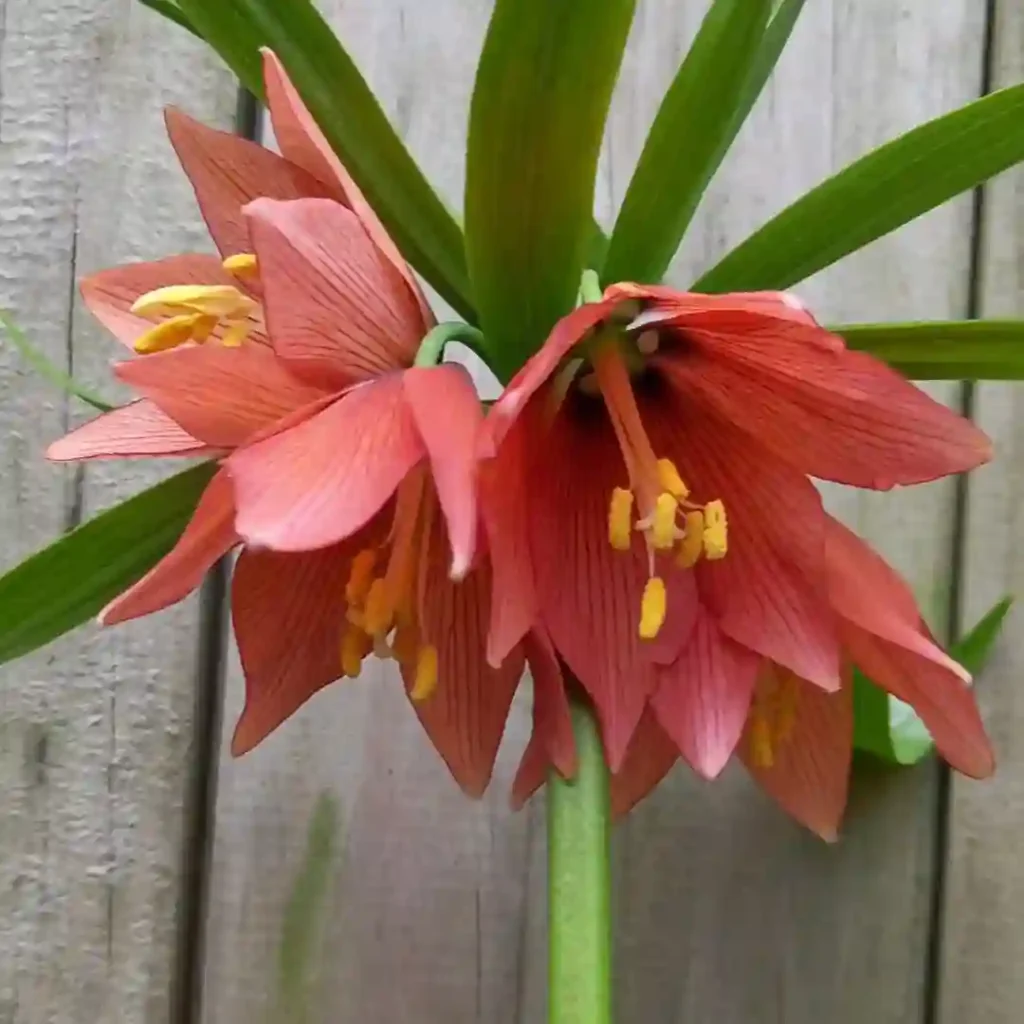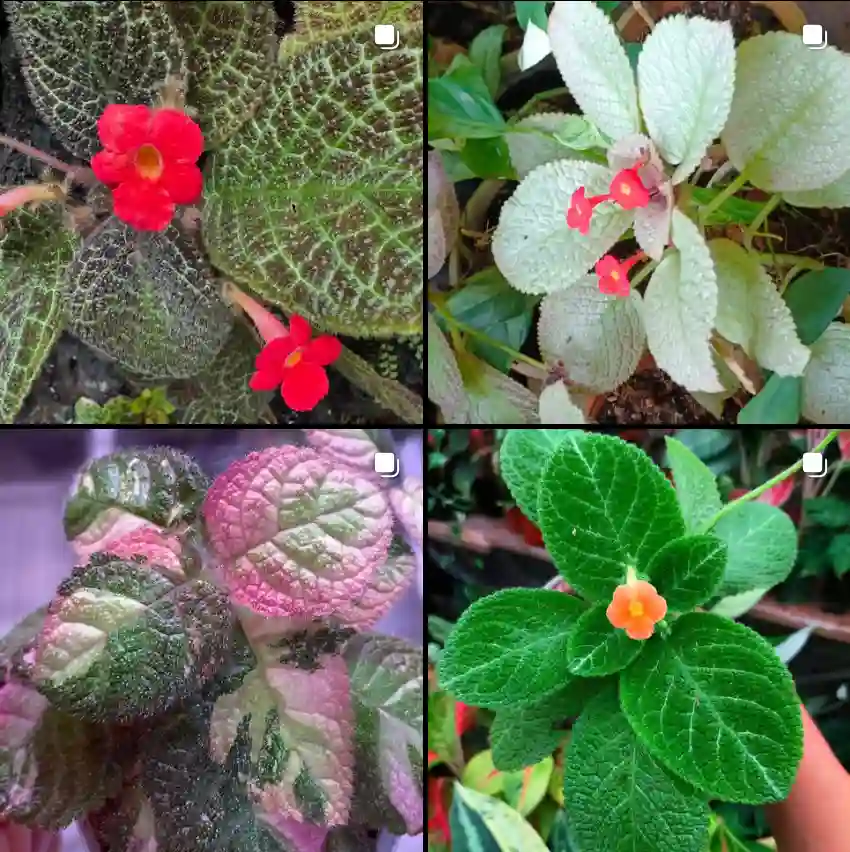Mammillaria Albicoma Cristata: Frequently Asked Questions
Hi there, Ferb Vu here! I’m a plant enthusiast with a particular fondness for cacti, and one that frequently sparks curiosity is the Mammillaria Albicoma Cristata. This unique cactus with its crested form is a fascinating addition to any collection, and I’ve compiled some answers to the most common questions I get about it.
148 Species in Genus Mammillaria
What is Mammillaria Albicoma Cristata?
The Mammillaria Albicoma Cristata is a crested cultivar of the Mammillaria Albicoma cactus, native to central Mexico. “Cultivar” refers to a plant that’s been produced through selective breeding or propagation, resulting in a variation from the original species. The defining characteristic of the Cristata is its crested growth. Instead of the typical round or cylindrical shape of most cacti, the stem grows in a flattened, wavy crest, often with multiple growing points. This unusual form is caused by a genetic mutation that disrupts the normal growth pattern.
How Does Mammillaria Albicoma Cristata Differ from Mammillaria Albicoma?
The most striking difference between the two is the crested growth of the Mammillaria Albicoma Cristata. The regular Mammillaria Albicoma has a solitary, spherical to ovoid body with prominent tubercles (bumps) arranged spirally. They are covered in spines, and some varieties produce colorful flowers. In contrast, the Cristata lacks a defined shape due to its crested form and may have fewer or obscured spines. Flowers are uncommon but can still appear on the crest.
Here’s a table summarizing the key differences:
| Feature | Mammillaria Albicoma | Mammillaria Albicoma Cristata |
|---|---|---|
| Growth Form | Solitary, spherical to ovoid | Crested, flattened, wavy |
| Tubercles | Prominent, arranged spirally | May be present but obscured by crested form |
| Spines | Present and visible | May be fewer or obscured |
| Flowers | Produced by some varieties | Uncommon, but can appear on the crest |
Mammillaria Albicoma Cristata vs. Other Crested Cacti
Crested growth is not unique to the Mammillaria Albicoma. Many other cactus genera can exhibit this mutation, creating crested forms of popular cacti like Rebutia, Echinopsis, and even Cereus. While the crested form itself is a commonality, the specific characteristics will vary depending on the original cactus species.
Here’s a brief comparison of Mammillaria Albicoma Cristata with two other popular crested cacti:
- Cleistocactus Strausii Cristata (Staghorn Cactus): This crested cactus has a more dramatic form, with its flattened crest sometimes resembling antlers or a staghorn fern.
- Echinopsis Pachanoi Cristata (San Pedro Cactus): The crested San Pedro retains the columnar growth habit of the original species but with a flattened and sometimes twisted crest.
Ultimately, the choice between these crested cacti depends on personal preference and the desired aesthetic for your collection.
How to care for Mammillaria Albicoma Cristata?
The care requirements for Mammillaria Albicoma Cristata are similar to those of most cacti. Here are some key points to remember:
- Light: Provide bright, indirect sunlight for at least 6 hours a day. Avoid harsh afternoon sun, especially in hot climates.
- Water: Water thoroughly when the soil is completely dry, then allow it to dry out completely again before watering. Avoid overwatering, which can lead to rot.
- Soil: Use a well-draining cactus mix. You can create your own by mixing potting soil with perlite or sand.
- Potting: Choose a pot with drainage holes slightly larger than the cactus itself.
- Temperature: Prefers warm temperatures between 65-85°F (18-29°C). Protect from frost.
With proper care, your Mammillaria Albicoma Cristata can thrive for many years.
Common Problems with Mammillaria Albicoma Cristata
There are a few common issues to watch out for with your crested cactus:
- Overwatering: This is the most frequent cause of problems. Ensure the soil dries out completely between waterings.
- Mealybugs: These sap-sucking insects can infest cacti. Look for white, cottony patches on the cactus and treat with insecticidal soap or neem oil.
- Fungal diseases: Fungal diseases can occur in overly moist conditions. Ensure proper drainage and avoid getting water on the cactus itself when watering.
If you notice any signs of pests or diseases, address them promptly to prevent further damage.
If i die, water my plants!



